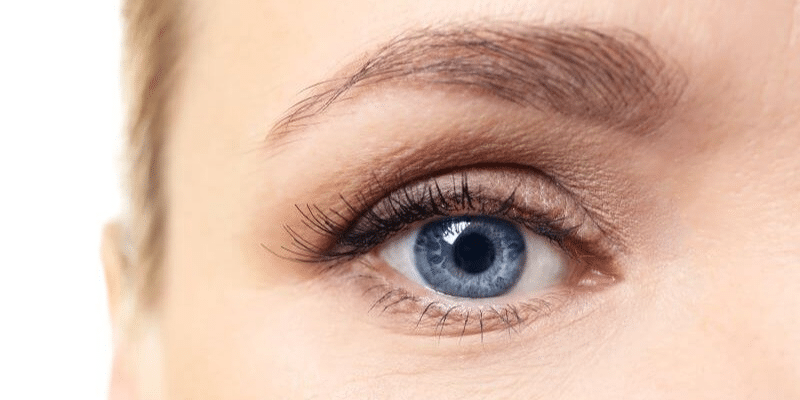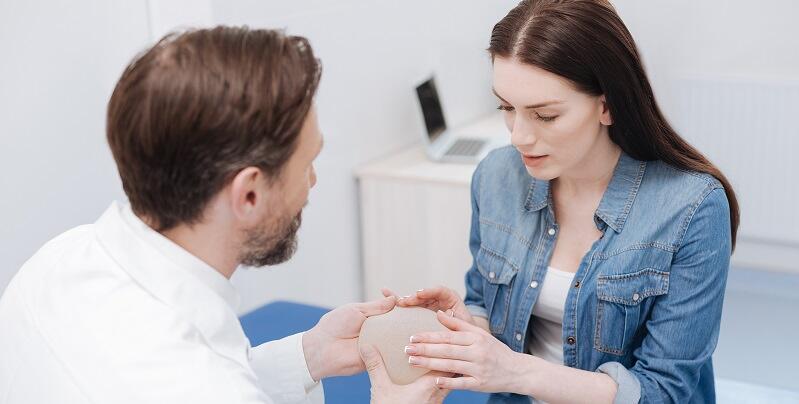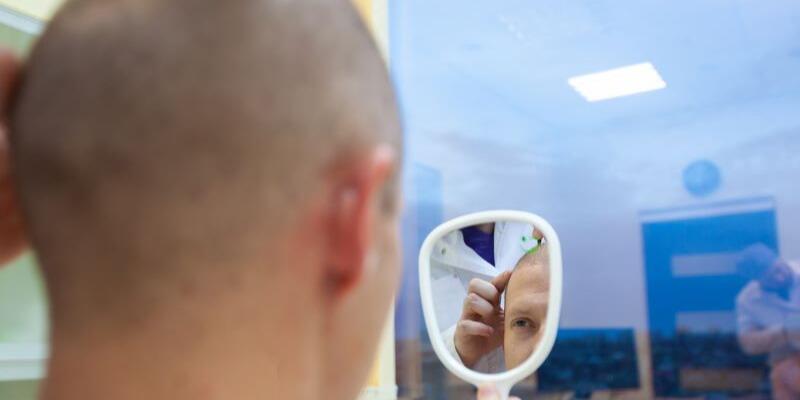Hooded Eyes Explained: Make-up, Botox, & Surgery Options
In This Guide
Dive deep into the question, ‘what are hooded eyes?’
Explore the differences: hooded vs non-hooded eyes.
Learn effective techniques of applying make-up for hooded eyes.
Delve into cosmetic solutions: botox for hooded eyes, as well as eyelid surgery for hooded eyes.
Understand the specifics of hooded eyes surgery.
Introduction
The eyes make up a significant part of the overall appearance of the face, with some people calling them the ‘mirror of the soul’. The shape of the eyelids alone plays a big role. Although drooping eyelids are a phenomenon that most people probably don't even notice, they can sometimes be very disturbing for those who do. If you have ever asked yourself, ‘what are drooping eyelids?’ or have looked for different cosmetic solutions for them, this guide will provide you with some helpful answers.
What Are Hooded Eyes? An Anatomical Overview
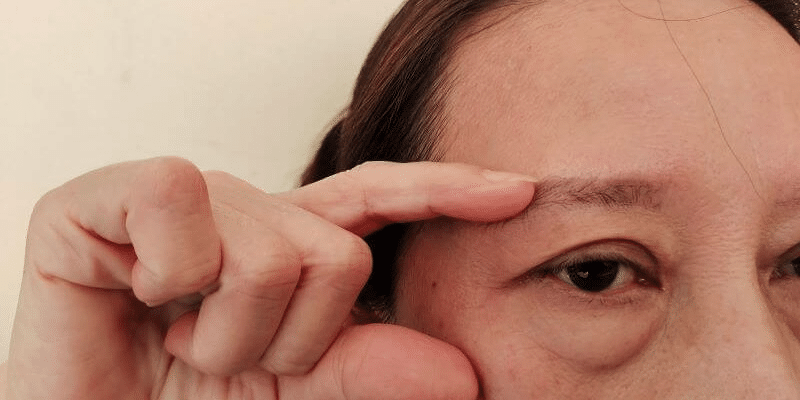
Drooping eyelids are caused by excess skin that hangs down over the crease of the eyelid, obscuring it or making it appear smaller. They are often genetic, but can also develop with age when the skin loses its elasticity. Droopy eyelids can leave the impression that a person is tired, although this may not be. While some people can have them from birth, others may develop drooping eyelids later in life.
In most cases, this particular eye shape is not a medical problem and can be treated cosmetically if desired. However, sometimes drooping eyelids are known to become a medical issue, such as when they restrict the field of vision or press on the eye. At this point, affected people may consider getting drooping eyelid surgery, which you can read more about below.
Hooded vs Non-Hooded Eyes: Spotting the Difference
The easiest way to tell the difference between the two types of eyelids is by their appearance. Here, drooping eyelids differ from normal eyelids in the following ways:
Eyelid crease and excess skin: droopy eyelids show a significant excess of skin in the area of the upper eyelid crease. This excess can cause the skin to hang over the moving part of the eyelid and partially or even completely cover it. This often makes the eye area appear heavier and the crease is less visible. With unaffected eyelids, the crease is clearly defined and the skin sits tightly against the lid so that the moving lid is fully visible.
Opening of the eyes: drooping eyelids can cause the eyes to appear smaller because the visible area of the moving part of the eyelid is reduced. This can make the eyes appear tired or less alert. In contrast, unaffected eyelids often give a more open and alert impression.
Wrinkling: droopy eyelids tend to form deep wrinkles in the crease of the eyelid as excess skin accumulates there. These wrinkles can become more pronounced over time. Wrinkles also form on unaffected eyelid structures, but they are less affected by the excess skin.
In addition, drooping eyelids create challenges for people who want to apply make-up to their eyes; applying eyeshadow, eyeliner and mascara is often more complicated with drooping eyelids. Due to the excess skin, it can be difficult to achieve an even application of eyeshadow or to draw a precise eyeliner line. With unaffected lids, these steps are easier because one’s blinks are unobstructed.
In advanced age, drooping eyelids can also appear more prominent, as the skin generally loses tone and the excess skin becomes larger. Unaffected eyelid structures are simply less prone to such a ‘sagging’ effect.
Make-up for Hooded Eyes: Enhancing Their Beauty
Using make-up on droopy eyelids takes a bit of practice, but can make your eyes look bigger and more open. Here are a few tips you can try:
Light foundation: apply a light, neutral eye shadow colour to the entire moving part of your eyelid. This creates a light base that opens up the eye.
Eyeliner: draw a thin eyeliner along the upper lash line. This helps to thicken the lash line and emphasise the eye. It is best to let the line end in a slight upward sweep.
Mascara: apply a generous coat of mascara to the upper and lower lashes to open up the eye and emphasise the lashes.
Eyebrows: make sure to pluck and define your eyebrows neatly. Well-shaped eyebrows can have a positive impact on the overall look.
Light shades in the inner corner of the eye: a shimmering eye shadow in a light shade here opens up the look of the eye even more.
Botox for Hooded Eyes: A Non-surgical Approach
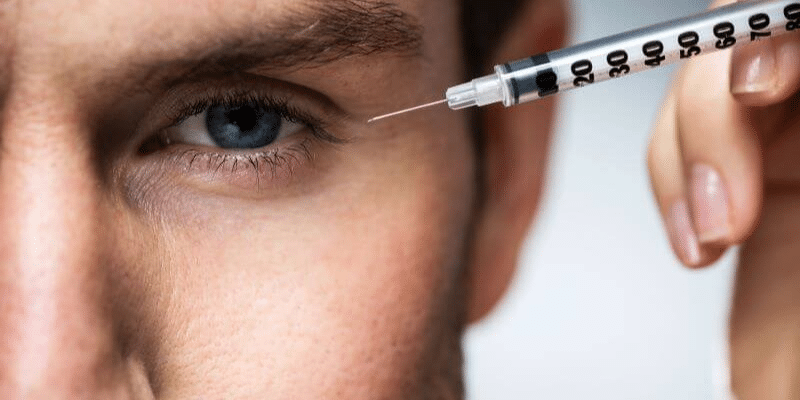
Maybe you've tried lifting your drooping eyelids yourself using tape to create more openness. But taping drooping eyelids is not a permanent solution. However, if you don't want to go under the knife right away, you may find botox a good temporary solution.
Botox, or botulinum toxin, is a protein that temporarily reduces muscle activity and can keep your eyebrows raised. When treating drooping eyelids with botox, it is injected specifically into the muscles responsible for the eyelids’ activity. This muscle relaxation causes the eyelid to lift, creating a more open and alert look. The injections are precisely administered to achieve the desired effects and the procedure usually takes only a few minutes. The effects of botox treatment for drooping eyelids usually last around three to six months.
Important: your treatment should only be performed by a qualified and experienced specialist who has the necessary medical knowledge and aesthetic expertise. This is also the best way for you to communicate your exact wishes for the treatment and have realistic expectations from the outset.
What Is Eyelid Surgery for Hooded Eyes?
One way to remove drooping eyelids is with eyelid surgery, also known as a blepharoplasty. Droopy eyelid surgery aims to remove the excess skin and fatty tissue around the eyes to create a more opened up look. This procedure can be performed for both aesthetic and medical reasons, as hanging skin on the upper eyelids can affect the field of vision.
The surgery should be performed by an experienced plastic surgeon. During the procedure, small incisions are made along the natural creases of the eyelids to make the scars as inconspicuous as possible. The excess skin and fat tissue is then removed and the remaining skin is carefully tightened and sutured.
The recovery time after drooping eyelid surgery varies, but most people can return to their usual activities after about a week. While initial swelling and bruising may occur, the final results will be visible over time as the swelling subsides. The doctor treating you will tell you all about the treatment and its recovery process.
Find the Right Specialist at a Fraction of the Cost
Qunomedical only lists clinics and doctors that have been thoroughly vetted with quality and affordability in mind. Contact us for your 100% free, non-binding assessment.
What Does Eyelid Surgery Cost?
The final price of eyelid surgery depends, among other things, on your chosen clinic and doctor, as well as the specific methods of surgery and the pre- and post-operative care. In general, you can expect to pay between €2,000 - €2,900. Health insurance companies may cover the procedure, but only if it is medically necessary; for example, if the field of vision is impaired. It is best to speak directly with your doctor, who can give you an initial assessment of whether the procedure may be covered in full or in part by your health insurance.
Sources:
Dr. Milind Naik (2009: 'Blepharoplasty: An Overview', last accessed on 07.09.2023
Donna Petrie (2023): 'What Causes Hooded Eyes? A Brief Explainer, Plus How To Open Them Up', last accessed on 07.09.2023
Belinda Weber (2023): 'What to Know About Hooded Eyes', last accessed on 07.09.2023
Related Tags
Recent Stories
- The popularity of plastic surgery abroad is soaring. But, what's the best country for breast implants? We've picked our top 7 options for quality and price. read more...
The 10 Best Countries for a Hair Transplant - In 2025
Discover the 10 best countries for a hair transplant in 2023, plus information on popular clinics and doctors worldwide. read more...Open vs Closed Rhinoplasty: What’s the Difference?
Both types of rhinoplasty have helped patients achieve significant changes in the shape and functionality of their noses. However, each has its advantages and right application; the one you get will depend on your individual circumstances and goals. read more...

Patient manager
Frieda
Your personal Patient Manager
Let's talk
Still unsure? Feeling overwhelmed? Talking to a real person can give you the guidance and reassurance needed. You don’t have to do it alone. Let’s find the right doctor together.
